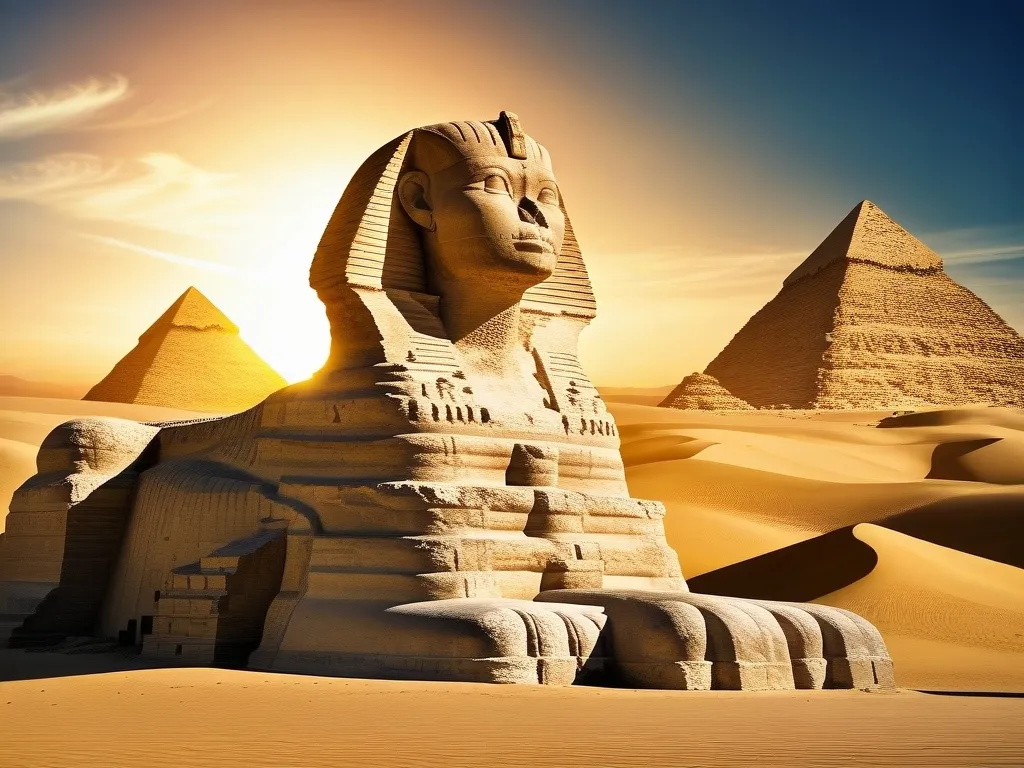China, one of the world’s most populous countries, boasts a tapestry weaving ancient traditions and modern innovations. The mysterious aura surrounding China has long intrigued Westerners, partly due to the perception that it harbors countless secrets. From the iconic 13,000-mile-long Great Wall, built millennia ago, to the modern digital Great Firewall that restricts internet use, China’s measures to control both physical and informational entry and exit remain a compelling subject. But why has China taken such extraordinary measures?
The roots of these extraordinary measures might be found 5,000 years back in time, during the reign of China’s first ruler, the Yellow Emperor. It’s fascinating to consider that the Yellow Emperor, a revered human figure, was originally thought to be a divine celestial being. He was a deity associated with thunder and lightning and believed to reside in the skies.
The Yellow Emperor’s reign, supposedly lasting a century, is often seen as a pinnacle of Chinese culture and civilization. His rule is linked to significant technological advancements such as the development of the calendar, improvements in mathematics, astronomy, agricultural techniques, and even the advent of writing.
Ancient tales portray the Yellow Emperor as possessing knowledge of advanced technology, creating many mechanical devices, including a cauldron aligned with the Syuan Yuan star, the star from which he is said to have descended. This cauldron, legend says, could summon a dragon from the sky. It’s said that at the right moment, the Yellow Emperor concocted a mixture of alchemical ingredients in the cauldron, opening the heavens and producing a dragon.
This dragon, often described with metallic skin and capable of flight, prompts thoughts about whether these descriptions are of misunderstood technology rather than mythical creatures. Some theories suggest that the dragon was actually an aircraft. In Chinese culture, the dragon symbolizes power and isn’t just a mythical creature but also a representation of advanced technology or a UFO.
Given this context, one might wonder if the Yellow Emperor was an extraterrestrial who founded Chinese civilization over 5,000 years ago. If so, it raises the notion that subsequent emperors, claiming descent from the Yellow Emperor (Huangdi), could also have part-alien heritage.
China’s blend of the ancient and modern, alongside its air of mystery, creates an endlessly fascinating narrative. From its early days of myth and legend to today’s tightly controlled digital landscape, the country’s evolution is a tapestry rich with stories waiting to be unfolded. Whether one believes in the extraterrestrial angle or not, the legacy of the Yellow Emperor and the tightly woven fabric of Chinese history and modernity continues to captivate and provoke thought.






